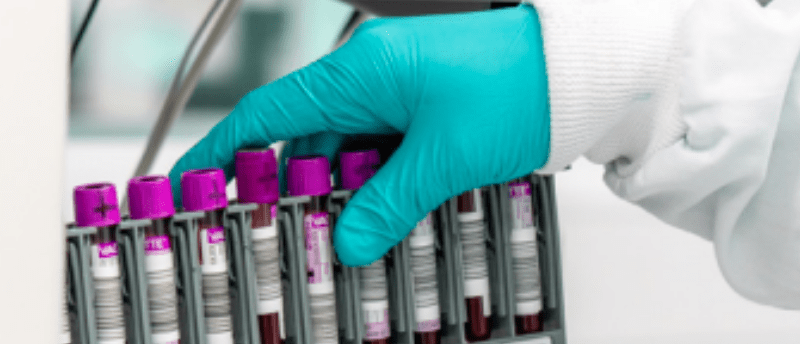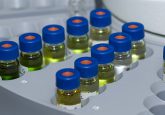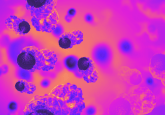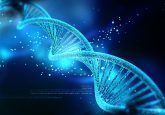The use of hybrid LC–MS towards quantitation of soluble protein biomarkers

Quantitation of soluble biomarkers provides information on therapeutic efficacy for modalities targeting gene expression. The ability to distinguish small changes to confirm therapeutic efficacy is critical to supporting the need for a new therapy within the market. Routinely, protein biomarkers are quantitated using ligand binding assays due to detection limits that can be achieved with these assays, but is this always the best approach analytically?
Researchers should always evaluate what the need is for their assay on a case-by-case basis. What is the limit of quantitation needed to achieve therapeutic relevance? What reagents would be required to achieve those limits of quantitation? Is the detector selective enough to distinguish the changes that are needed to show therapeutic efficacy?
Find out about that and much more in this article, available to download now!
This article is part of the Bioanalysis Zone Spotlight on hybrid LC-MS/MS assays. For more expert opinions on this topic, visit our feature homepage.
In association with:






